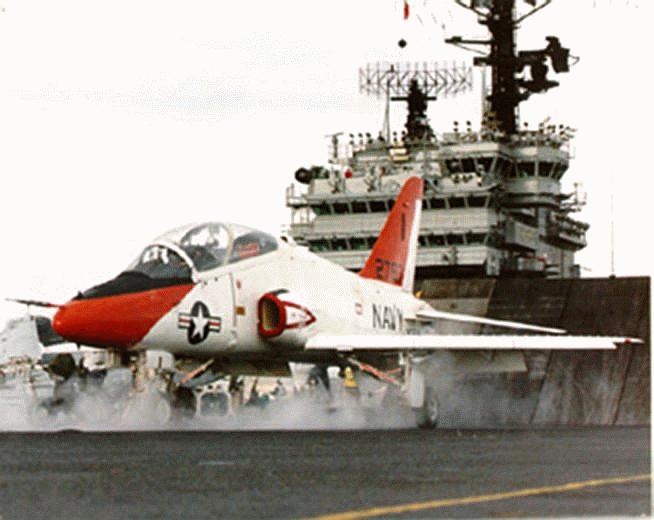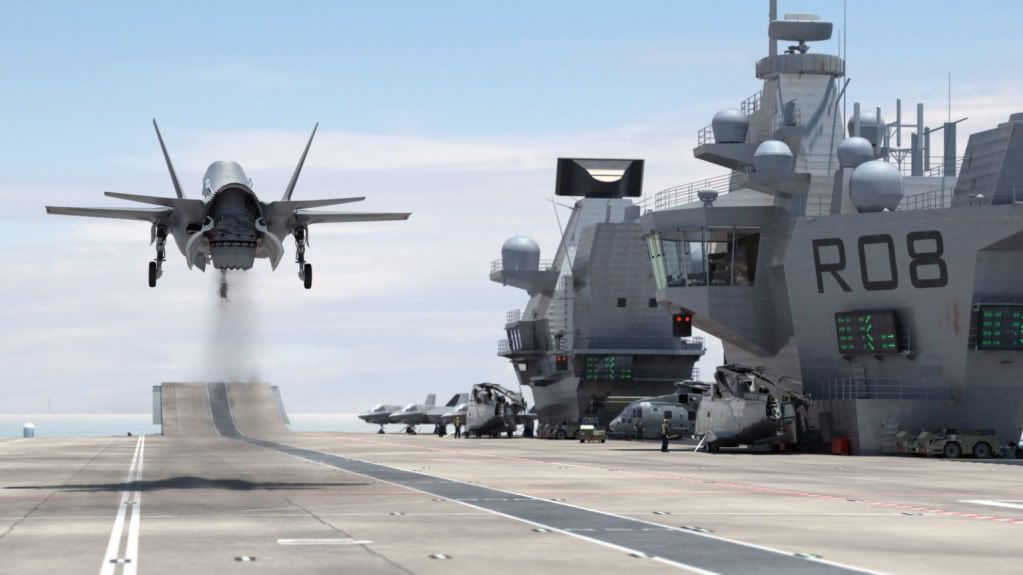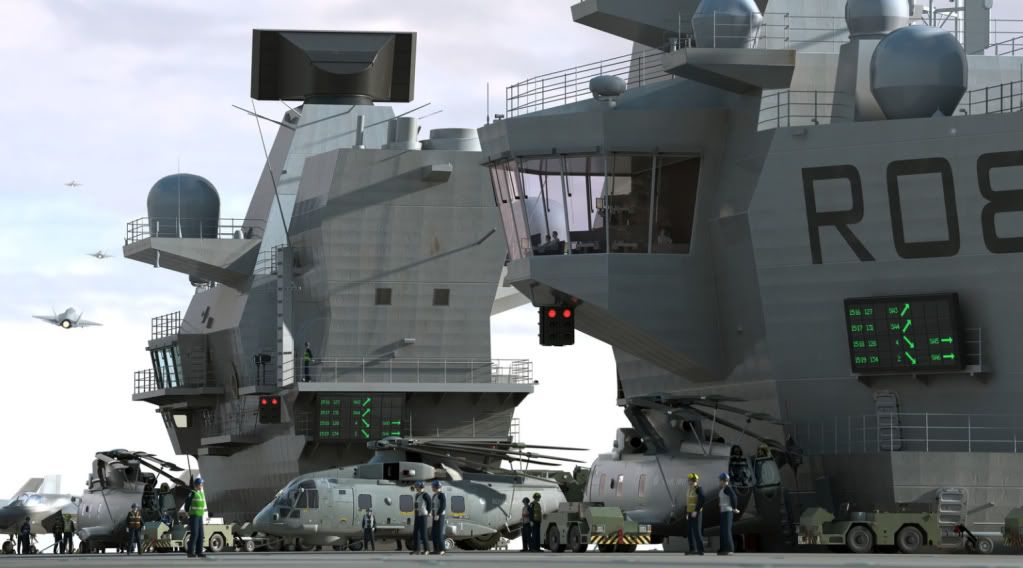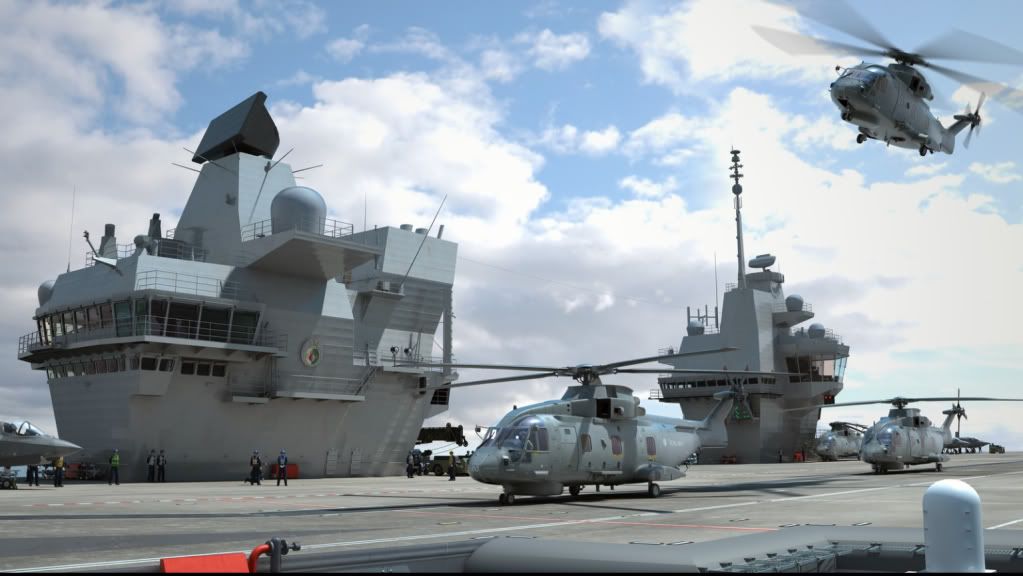The Pentagon's biggest, baddest - and costliest - piece of hardware ever
By Maxim Lott
Published September 27, 2013 | FoxNews.com
ADVERTISEMENT
When the USS Gerald R. Ford is finally christened, the massive aircraft carrier will be the biggest and baddest piece of Pentagon hardware ever built - and, critics note, the most expensive.
The 1,106-foot ship, under construction in Newport News, Va., has seen cost overruns push its expected price tag up some 22 percent to nearly $13 billion, with new technology dictating changes since work began in 2007. Expected to be christened on Nov. 9, the ship will be able to launch 220 air attacks per day, will hold more than 4,000 sailors and Marines, has a nuclear reactor to provide energy, and even comes with stealth features to reduce the ship’s radar profile.
The Navy touts the ship, which will have runways to allow for simultaneous takeoffs and landings, as a landmark advance that “continues the aircraft carrier history of innovation and adaptability.”
Huntington Ingalls Industries, the maker of the ship, told FoxNews.com that the overall shape of the carrier remains the same as in older models, but that what’s packed into the ship is very different.
“The structure has been rearranged to accommodate new technology and meet all of the Navy’s operational requirements,” company spokeswoman Beci Brenton said.
That includes “flight deck changes, improved weapons handling systems, and a redesigned smaller island, all resulting in 25 percent more flight missions.”
The Navy also plans to buy another three such carriers, at a cost of $43 billion. One is slated to be called the USS John F. Kennedy and another The Enterprise, while the other one has not yet been named.
National security experts at the Center for Strategic and International Studies, the Brookings Institution, and CATO all told FoxNews.com that they are skeptical about whether the new features are worth the cost.
“I’m not persuaded they’re worth twice what the old carriers cost,” Michael O’Hanlon, of Brookings, told FoxNews.com.
The ship’s structure and exterior are now 100 percent complete, Brenton said. But internal connections and features inside the ship are still being added, and the ship will not be commissioned until 2016.
Despite the impressive features, the carrier gets less-than-rave reviews from government watchdogs.
“The Navy faces technical, design, and construction challenges to completing Gerald R. Ford that have led to significant cost increases,” the Government Accountability Office wrote in a September 2013 report.
In addition to cost overruns, the GAO noted the ship is also several years behind schedule.
“Additional [cost] increases could follow,” the report adds.
The Navy has responded that “the cost, schedule and technical risks associated with delayed land based testing have been overstated in the GAO draft report” but did not respond to requests from FoxNews.com about details.
Huntington Ingalls officials told FoxNews.com that the carrier will make some of its cost back due to “increased electrical power generation capacity allowing for future technologies, and a reduced workload for sailors, translating to a smaller crew and lower operating costs for the Navy. Reduced manning and maintenance will result in a savings of $4 billion over the 50-year life of the ship,” the company said in a statement.
Even critis acknowledge the old fleet is getting too old for use, and that having operational carriers is critical.
“For the kind of threats we face in Iran or most of the world, a carrier is still a decisive element,” Anthony Cordesman, who has served as a consultant for the State and Defense departments and who holds the Burke Chair in Strategy at the Center for Strategic and International Studies, told FoxNews.com.
“What do we do whenever we have a crisis? We either send a carrier task force or we find ourselves sending ships that have to backed up with carriers,” Cordesman said.
“If you had to do a count of the number of time carriers have deployed since 1975, it’s pretty damn impressive," he continued. "We aren’t using a land base for a lot of our sorties in Afghanistan, they’re being flown via Pakistan by a carrier. We need to be sure we can operate without being dependent on allies.”
Others say carriers are not so essential.
“We can get by with fewer carriers,” CATO's Benjamin Friedman told FoxNews.com. "Great gains in the accuracy of U.S. fighter-borne weapons – due to rapid gains in surveillance and precision targeting -- means that fewer carriers can do what used to take more.”
He noted that carriers are relatively cost-effective because of their versatility.
“Aircraft carriers still provide more bang for the buck than other military platform even at these excessive prices,” Friedman said.
Others go still further.
“No matter how hi-tech or how glamorous, a carrier is vulnerable to a well-placed missile," said David Henderson, an economist at the Naval Postgraduate School in Monterey, Calif. "Pfft -- Oops, there goes a $12 billion carrier.”
He added that he wasn’t surprised at the price tag.
“It should not be surprising," he said. "This is, after all, the government spending other people's money.”
The author of this article can be reached at
[email protected] or on Twitter at @maximlott.





